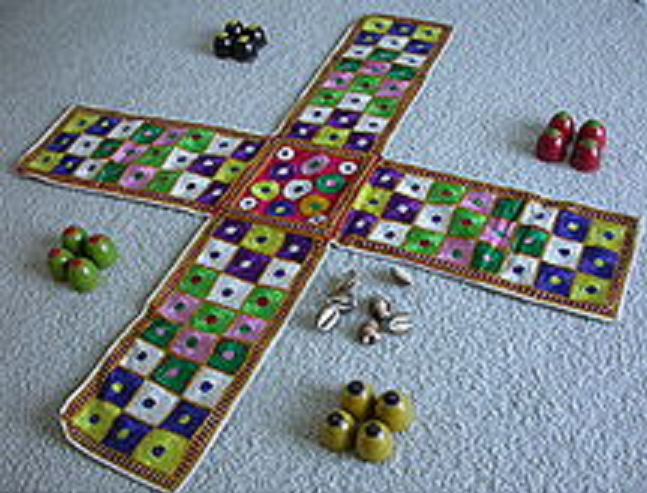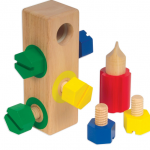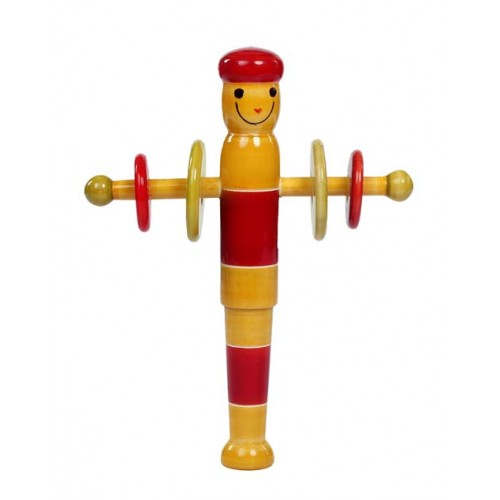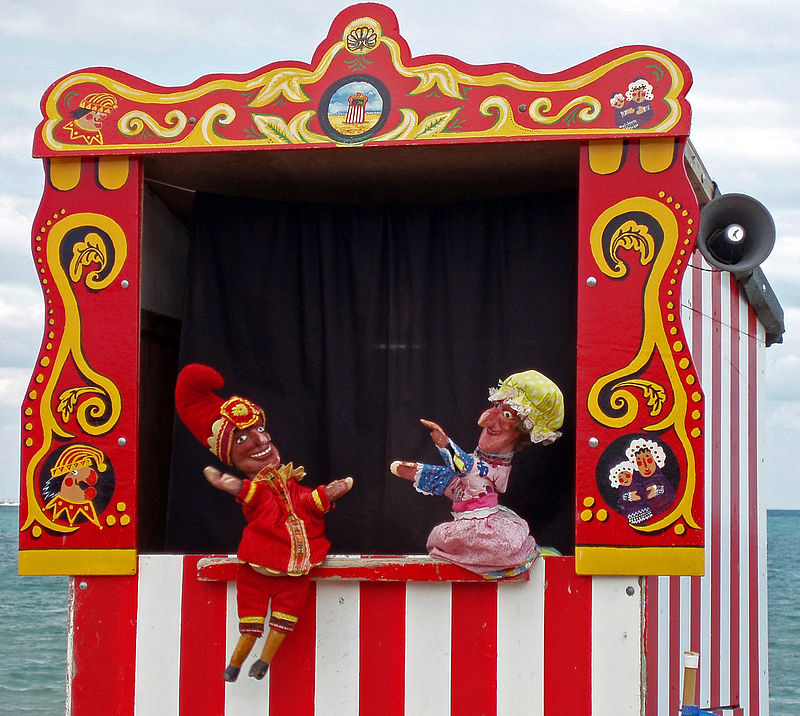Do you know what is common between the popular board games – “Chess”, “Snake & Ladder” and “Ludo”. All the three popular board games trace their origin back to ancient India. These are Indian board games. Let us look, what these were called as.
Updated: 24-Feb-2020
Popular Indian board games
So friends below are ancient indian board games which and their modern counterpart.
Chaturanga (modern day Chess)
As we know Chess is one of the most popular strategy game around. The Chinese called it as Xiangqi, the Japnese called it as Shogi etc. But all these have a common ancestor, the old 6th century AD game developed during Gupta empire called as Chaturanga. In India, Chaturanga was latter name as the game of Shatrang. The interesting point to note is that Chaturanga can be played in a 4 player variation, while its successor Shatranj, like chess is 2 player straight game.
Chaturanga is more complex and probably one of the best strategy game in the world.

Chaupat (modern day Ludo)
Another traditional game from ancient India which is worth mentioning. In today’s time one of it more popular variation is the game of Ludo. It is a relatively easy game than Shatranj or Chaturanga, but it is also a game of strategy.
One of the most prominent mention of this game is in epic text book and Mahabharta with the game played between Duryodhana and Yudhishtra. Variations of this game is also called as Pachisi or Parchissi apart from Ludo.

Vaikuntapaali (modern day Snake & Ladder game)
Another classic game from ancient India. A worldwide classic, played between 2 or more players. The references of this game can be found from 16th century. The game was used to teach morality ( and spirituality). Today this game is quite popular with young children. It is more of a luck based game. So in ancient India, this game was also called as Moksha Patam. The ladders represented generosity, faith, humility etc and the snakes represented anger, theft, robbery etc. No of ladders were less than no. of snakes and player who used to reach the last square was considered to attain Moksha (in the game 🙂

Hope you liked our post. Please do send us your comments!
//natkhatduniya
Also have a look – All traditional Indian Games and Toys














If you want to buy wodden toys visit savantwadi in maharatsra